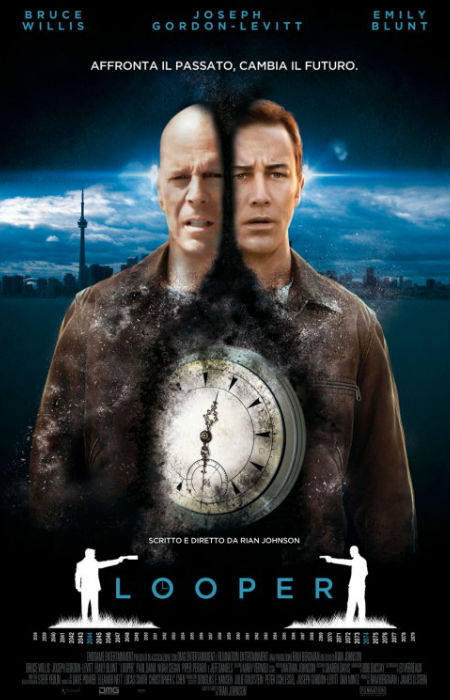
SNAPSHOT
For ages I’ve been thinking about doing a video analyzing time travel in fiction and doing a comparison of different fictional time travels – some do use wormholes, some relativistic/faster than light travel with time dilation, some closed timelike curves, some have essentially “magic” or no consistent rules that make any sense, or TARDIS’s, or whatever. (synopsis via Laughing Squid)
Even if you are able to keep with the most complex and twisty-turny of storylines – in my case that is thanks to a lifetime of reading anything and everything (within limits, of course) – time travel narratives can often leave your brain feeling like someone threw it in a blender and made merry with pretty much all the settings. AT ONCE.
Even so, while we all keep happily trooping off to movies (and TV shows and video games) with time travel woven deep into their storytelling DNA such as Looper, Back to the Future and Groundhog Day to mention a few, wouldn’t it be good if someone, anyone (see not fussy) would step up and simply explain how it all works in terms we can understand?
Yes it would, which it is an answer to prayer that Henry Reich, the host of MinutePhysics, has put together this handy video, complete with really nifty whiteboard illustrations – the better to help you learn with my dear! – and explains how it all works.
Even better he discusses the ethical questions all this chronological jumping throws up and trust us, you won’t be able to stop watching and you may think twice about jumping in the TARDIS should Doctor Who come a-calling!